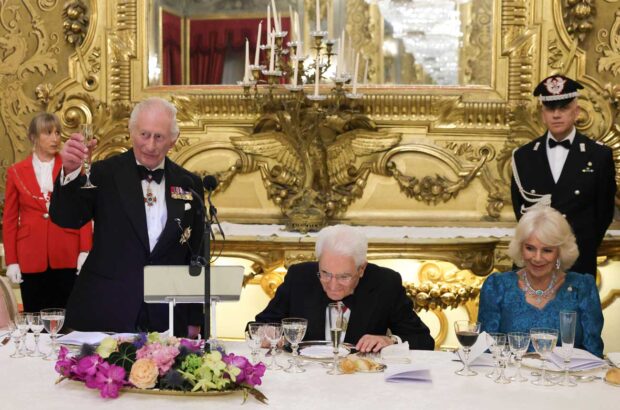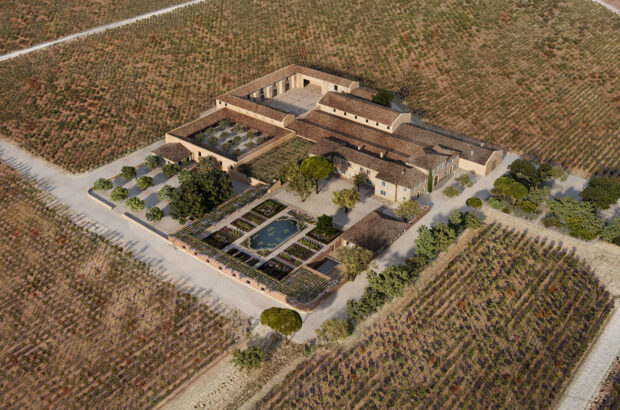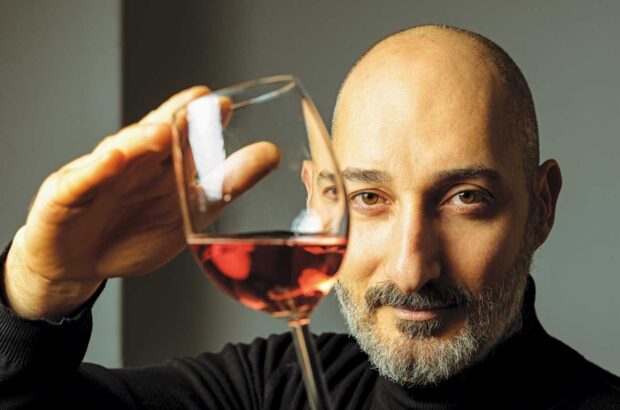A tasting of some of the finest wines from the legendary Gaja estate: Gaia&Rey, Langhe DOC 1994 Camarcanda, Bolgheri DOC 2006 Rennina, Brunello di Montalcino DOCG 2004 Sugarille, Brunello di Montalcino DOCG 2001 and 1996 Barbaresco DOCG 2004, 1997 and 1964 Sperss, Langhe Nebbiolo DOC 2004 Sperss, Barolo DOCG 1995 Sori San Lorenzo, Langhe Nebbiolo DOC 2004 Sori San Lorenzo, Barbaresco DOCG 1989 by Amy Wislocki
‘We’ve been hoping that Angelo Gaja would present a Decanter masterclass for 10 years, and I’m delighted that he is finally here today,’ said Decanter’s publishing director, Sarah Kemp.
‘A legend in his own right,’ in her words, Gaja was Decanter’s Man of the Year in 1998 and was voted one of Italy’s two most powerful figures in a recent poll of experts by Decanter (see our upcoming Italy guide, published with the February 2010 issue).
The masterclass will go down in Decanter history, with guests enjoying a fabulous selection of wines from Gaja’s estates in Barbaresco, Bolgheri (Ca’Marcanda) and Montalcino (Pieve S Restituta).
These included an incredibly youthful 1994 Chardonnay from Langhe, a 1964 Barbaresco with a delicate perfume of tobacco leaf and sweet leathery fruit, and a trio of delicious wines from the excellent 2004 vintage.
But it was Angelo Gaja himself who made the occasion so unforgettable. The presentation was a whirlwind of passion, energy and humour, with the wines taking a back seat to his anecdotes and philosophical observations.
He spoke affectionately of his late father Giovanni, whom he described as a great artisan, defined, in his words, as someone who ‘is expert in nothing but knowing a little of everything’.
‘He believed that Nebbiolo in Barbaresco could be the best grape in the best area of the world. He memorised the best sites in the area until he had the money to buy the land. Then when he began to make the wine, he sold it off very cheaply until he had the wine he dreamed of.’
Barbaresco was always viewed historically as inferior to Barolo, he added; ‘but my father was selling his Barbaresco for far more than any Barolo.’
For those wishing to learn more about the taste of Nebbiolo in Barbaresco, Gaja observed that there are fewer descriptors for elegant wines than there are for opulent, blockbuster wines, ‘even though we live in a world of opulence’.
He uses a metaphor to help explain the difference between Nebbiolo and Cabernet Sauvignon: ‘Cabernet is to John Wayne, as Nebbiolo is to Marcello Mastroianni,’ he said. ‘Cabernet has a strong personality, open, easily understood and dominating. If Cabernet were a man, he would do his duty every night in the bedroom, but always in the same way. Nebbiolo, on the other hand, would be the brooding, quiet man in the corner,’ harder to understand but infinitely more complex.
Looking ahead, Gaja says he wonders about the consequences of the increased demand for fine wines from new markets like India. ‘We would hesitate to drive up prices and desert the customers and markets who have supported us for years, for new customers. It is a problem that I will leave for my daughters.’
Written by







